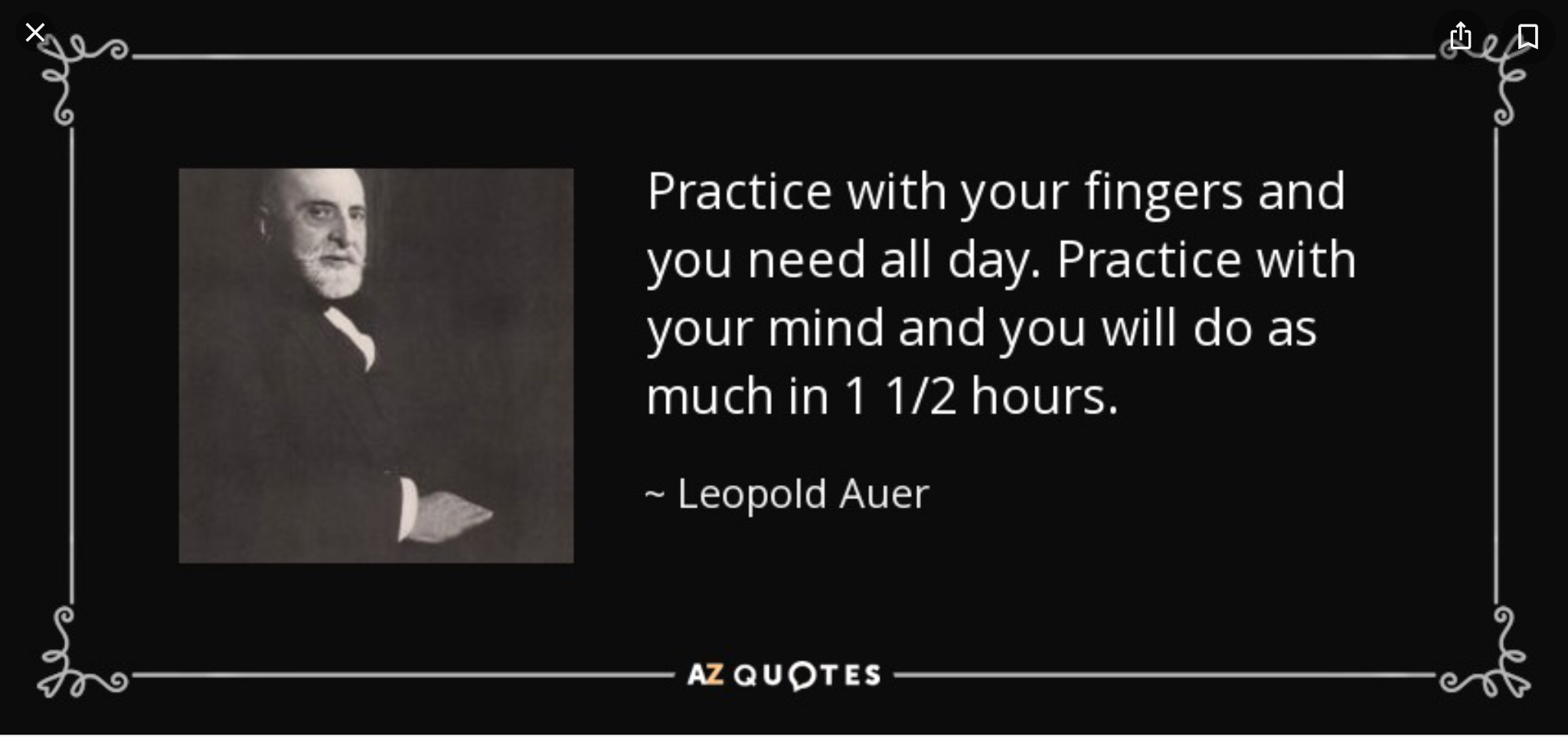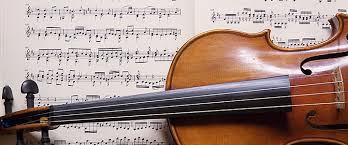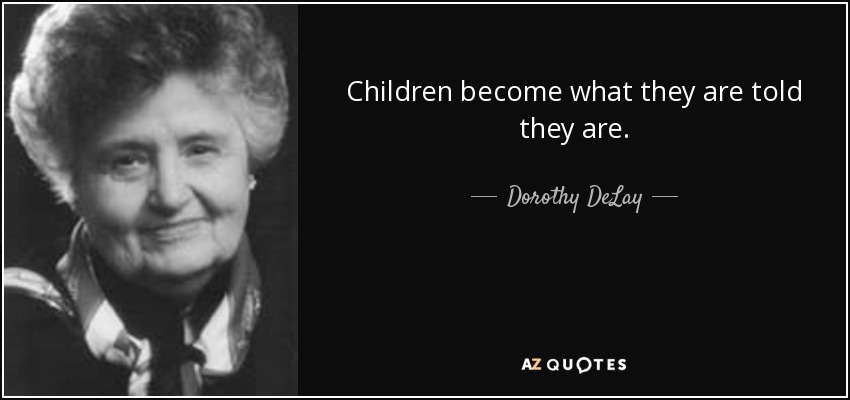
Thoughts on effective practicing: Introduction
I watched a violin lesson recently where the teacher was upset because his student was once again unprepared, and his playing was quite chaotic. The teacher tried to explain that practicing should be a top priority and that the student should make a sacrifice in order to make time for it. I wonder though if this particular student, like many others, doesn’t practise just because he doesn’t know how to practise. Most teachers teach the art of violin playing but unfortunately very rarely the art of practicing. The
“correct” way of practicing is a subject that should concern every performing musician, whether student or professional, because practicing one’s instrument takes the biggest chunk of one’s time and surely the most essential.
In this and the next three articles I discuss some ideas about effective practicing that I hope you will find useful. In this introductory article I talk about the nature of practice, what is “correct” practicing and its impact on the development of a musician, and I propose, what I call the “magic tool” for practicing. In the next three articles I talk about warming up with and without the instrument, the main phase of practice and how you can organize it in such a way that you can achieve maximum results in the least amount of time. Finally, I talk about the phase of cool down and reflection.
The nature of practice
Practicing is a solitary and usually long (in terms of time required for it on a daily basis) process. Unfortunately, sometimes it can also be painful both physically and psychologically. Thus, it is essential that a musician is motivated, inspired and ambitious. It is common for many individuals to decide on what musical instrument to learn based on the music that they like and wish to play or because they are attracted by the image of a famous soloist who plays wonderfully and receives public acclaim. What most people do not realise though is the hard work, discipline and determination that is required to master an instrument. It is then crucial that practicing is effective because the positive results will motivate the individual to practise even more.
Carl Flesch in his book The art of violin playing defines practicing as ‘the road which leads from the inability to play a series of notes to being able to play them’ (Flesch 2000 p.81). Our obligation as teachers and as performers is to design this road with absolute clarity. To do this we first need to visualise the artistic outcome we want to achieve or the technical ability we want to master.
So, what is “effective practice”? Basically, our practicing is effective when we manage to improve in the four pillars of good violin playing as they are outlined by the notable violinist and pedagogue Simon Fischer. These are Sound, Pitch, Rhythm and Ease. We should always organise our practicing around these pillars. I talk in more detail about them in the third of these four articles.
Ideally, says Ivan Galamian in his book Principles of violin playing and teaching, in our practicing we should ‘accomplish the maximum in beneficial results while using the minimum of time to do so’ (Galamian 1962 p.93).
The impact of practicing in the life-long development of a performer
Every musician should plan each practice session based on a long-term plan. We should have in mind what we want to accomplish in the next month, year or even five years. In other words, we should set long-term goals and every practice session should be a step towards the accomplishment of these goals. We should form these goals with the assistance of our teachers when studying or if we are professionals, it is good to ask the opinion of a trusted colleague.
In our development as musicians we go through many changes. We gain new knowledge, experiences and we change as individuals. Thus, our original goals will inevitably have to change as well. However, it is better to have goals that we are always ready to alter than practise without any clear and definite purpose. Through a long process of experimenting, adopting or rejecting ideas, we delve into the art of practicing and the art of music and thus we nurture our artistic identity.
The magic tool
I would like to suggest to all musicians to use a practice journal, which I consider the “magic” tool, for practicing. If you write down what you are practicing, for how long as well as comments about what went well and what should improve, you will see a huge difference in the quality of your practice. Using a practice journal will help you to monitor your progress and to help you get an overall idea of what you need to improve.
Effective practicing is not a privilege of the talented few. It is a skill that all musicians can acquire as long as they learn and practice a set of guidelines presented in the three articles that follow.




